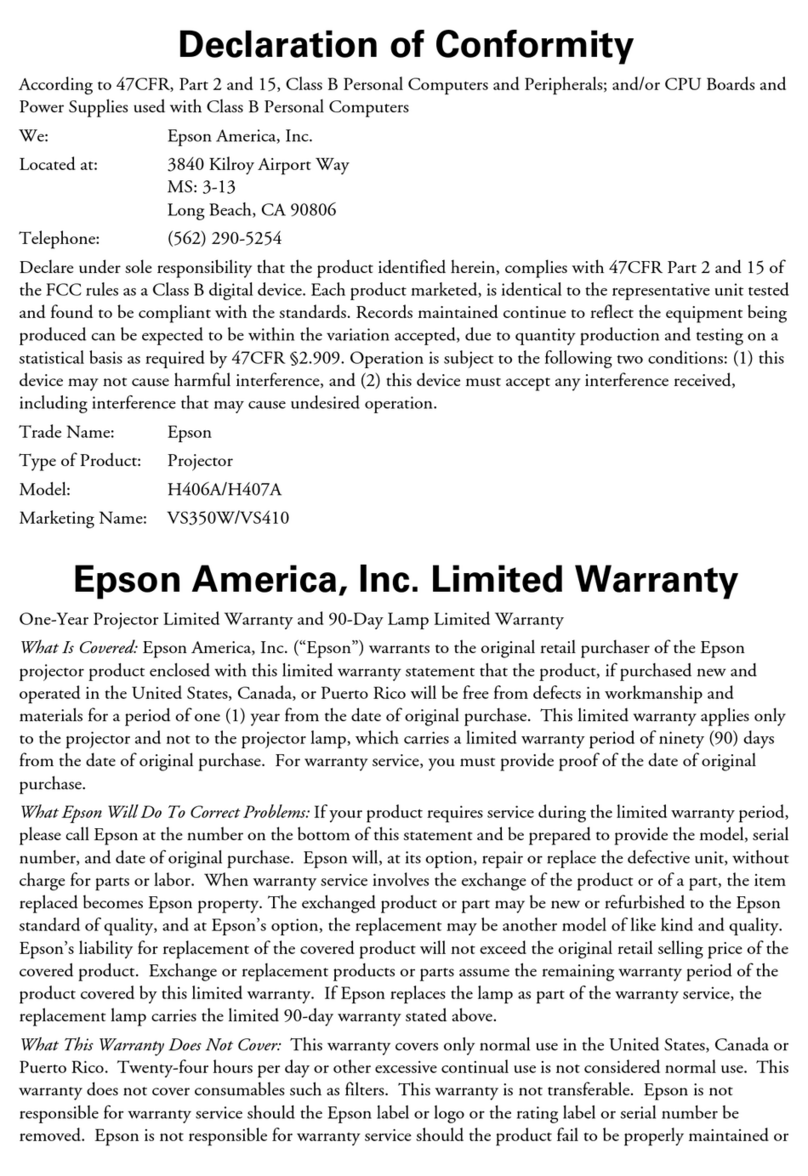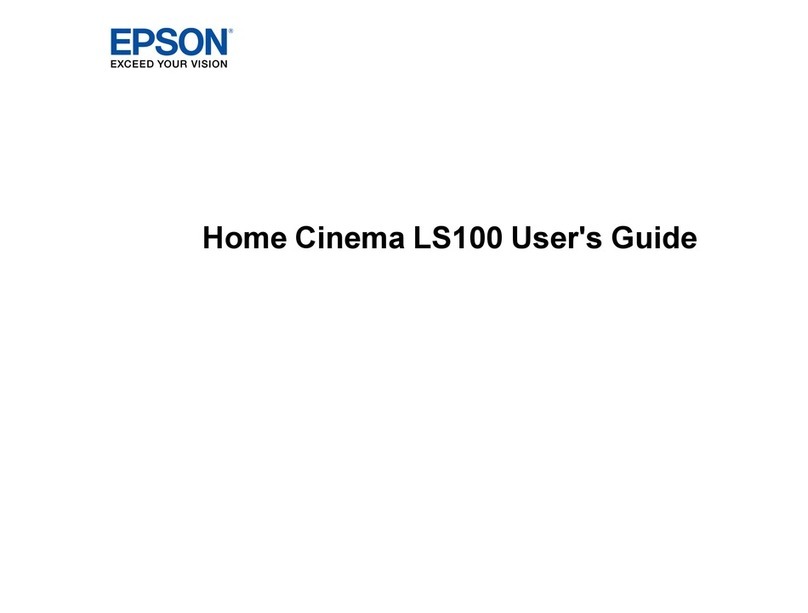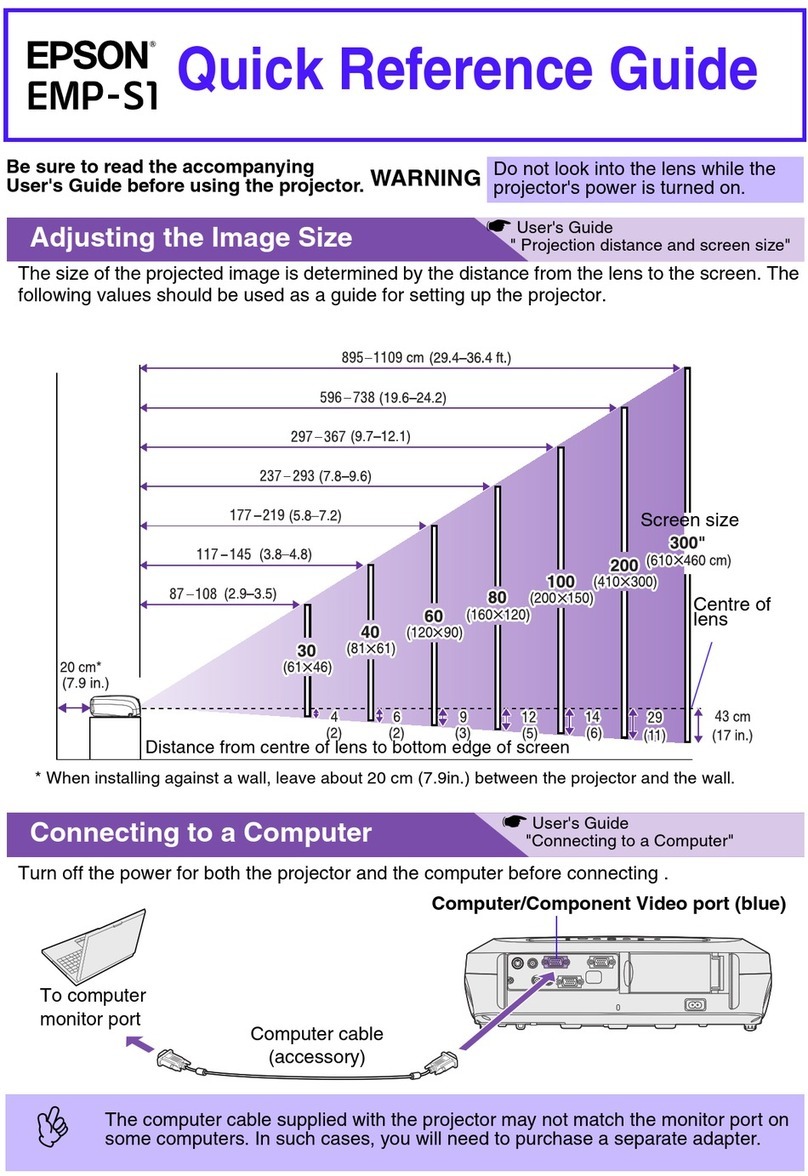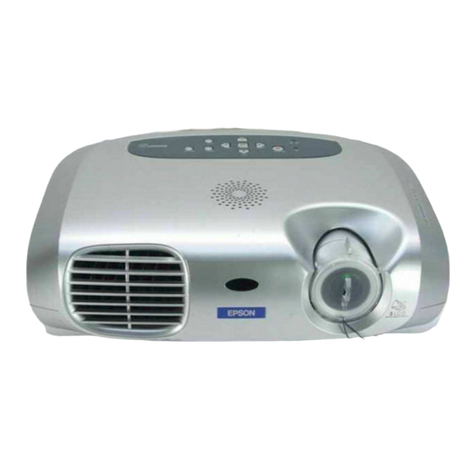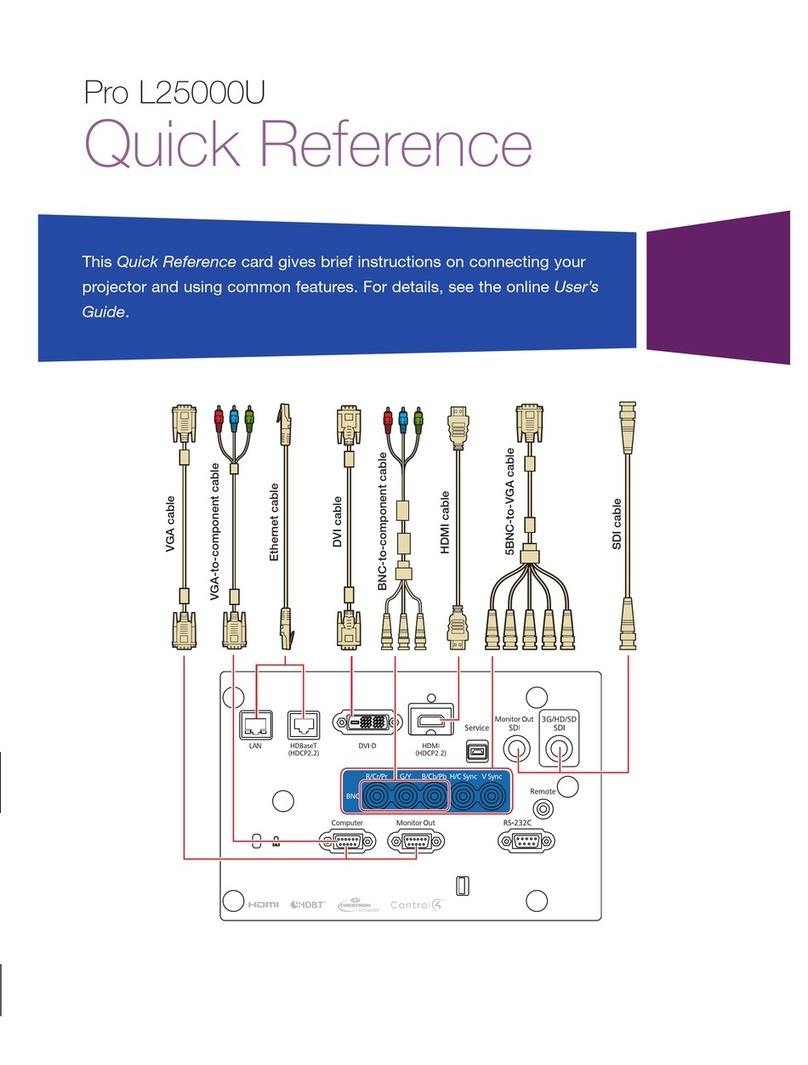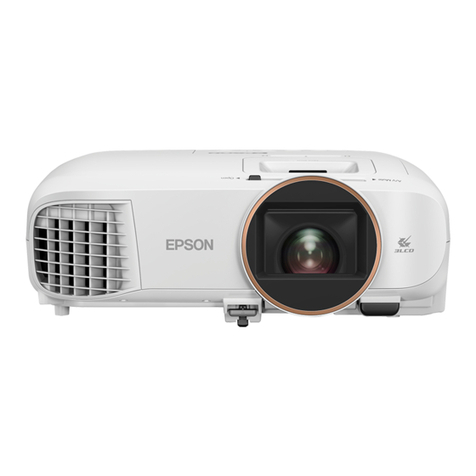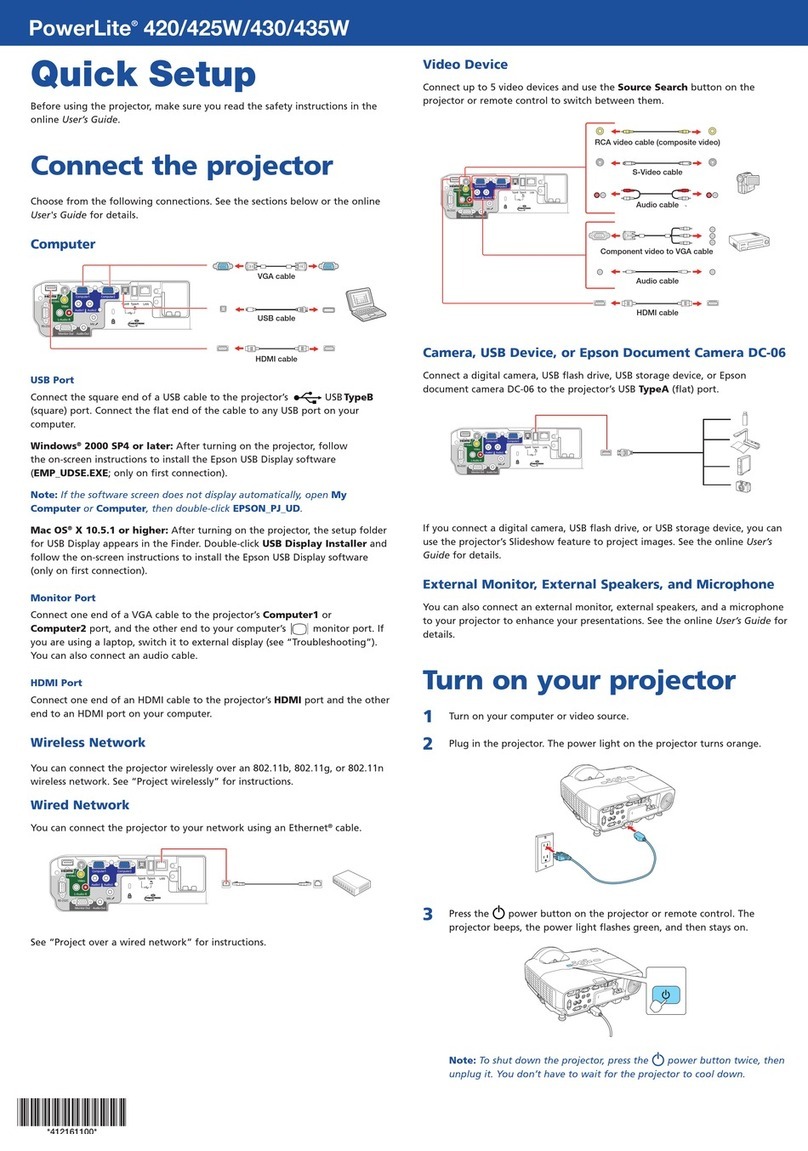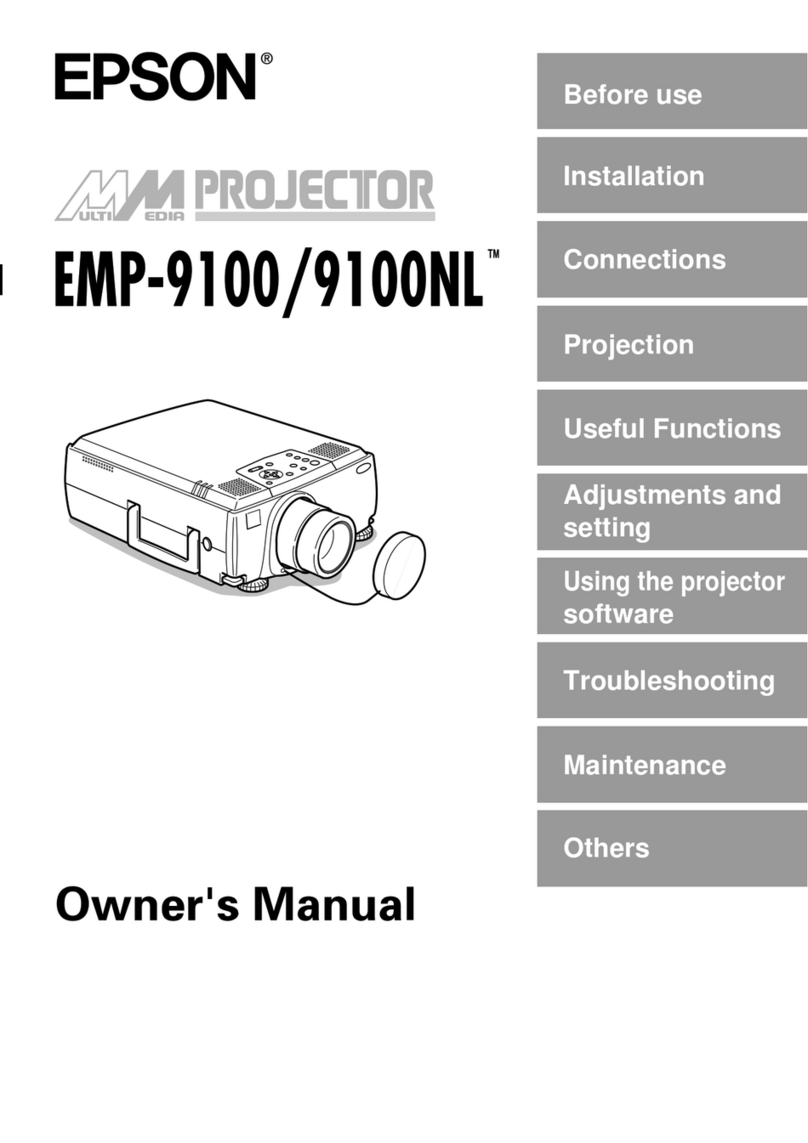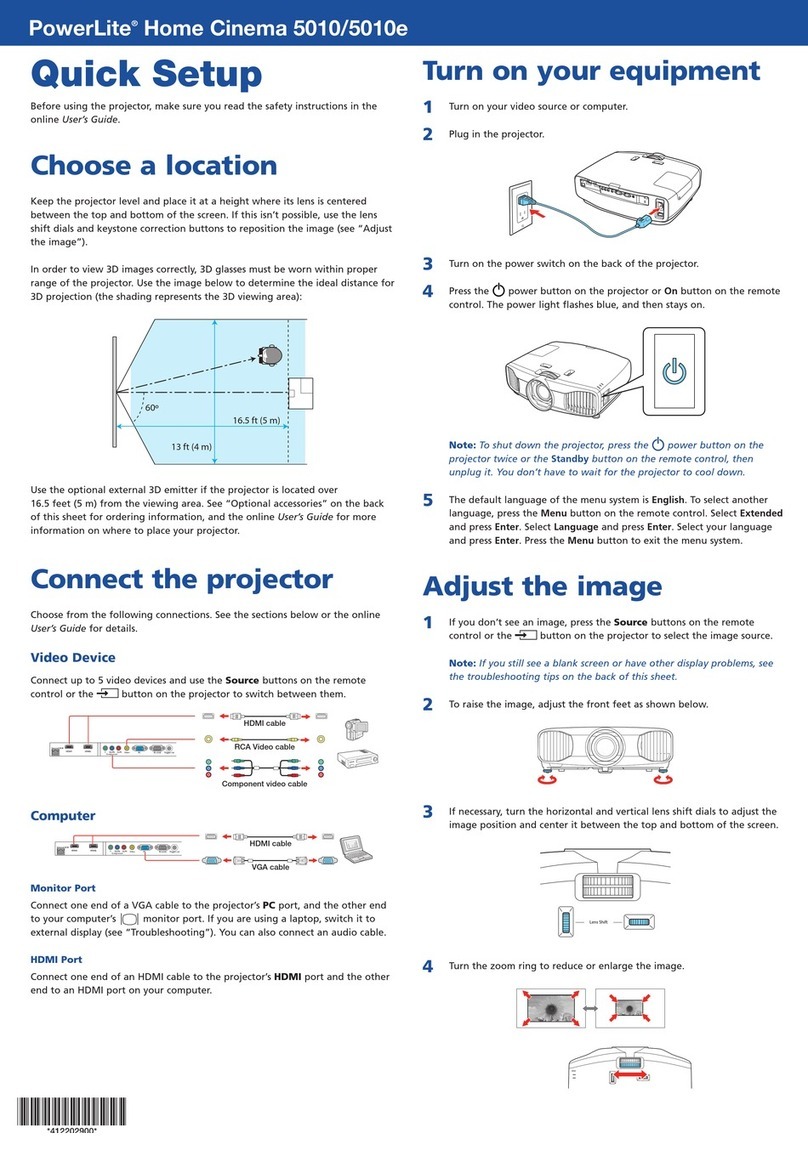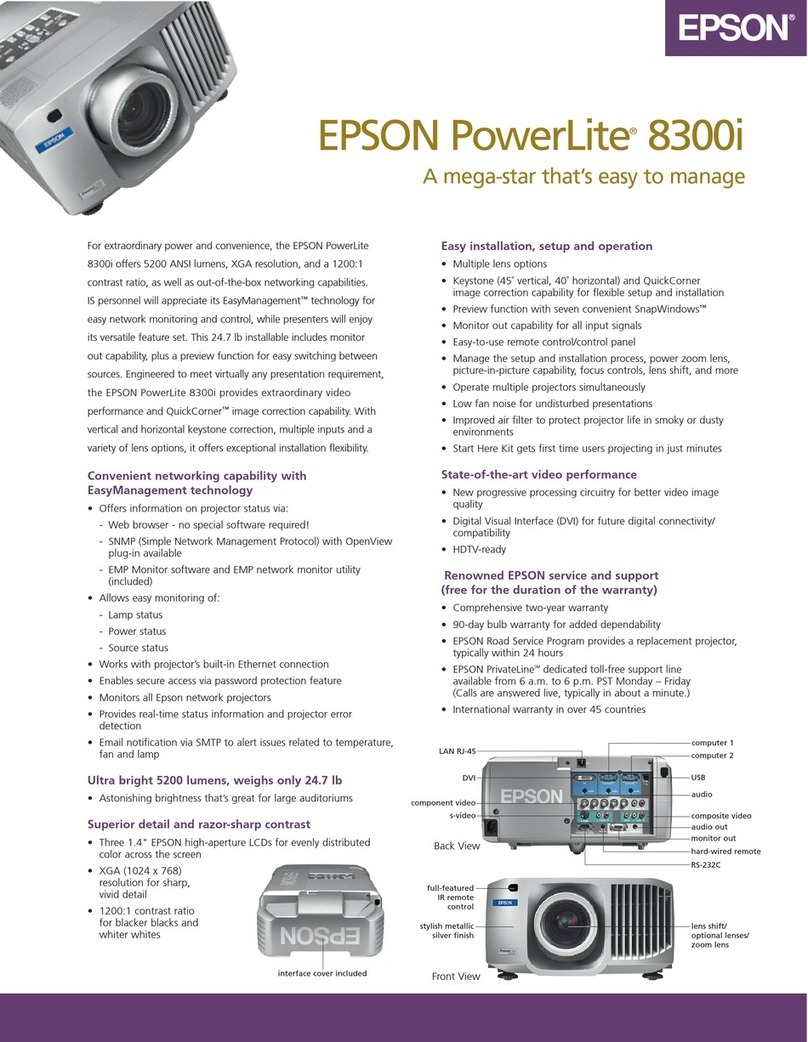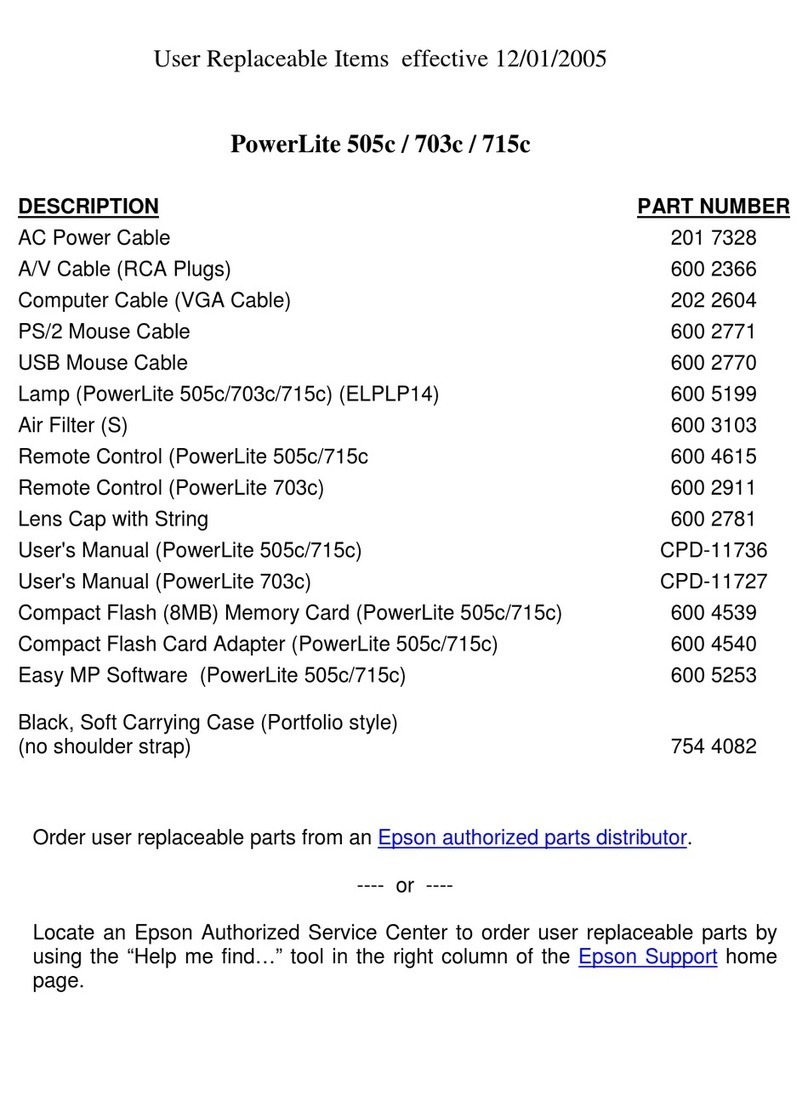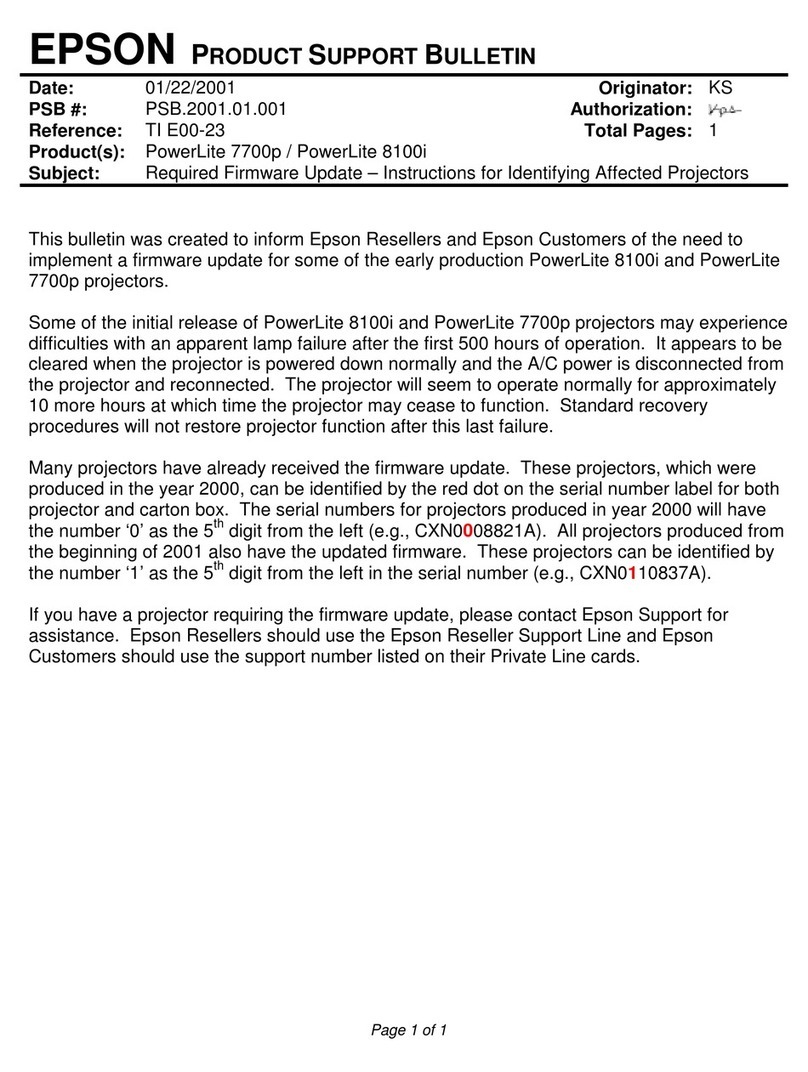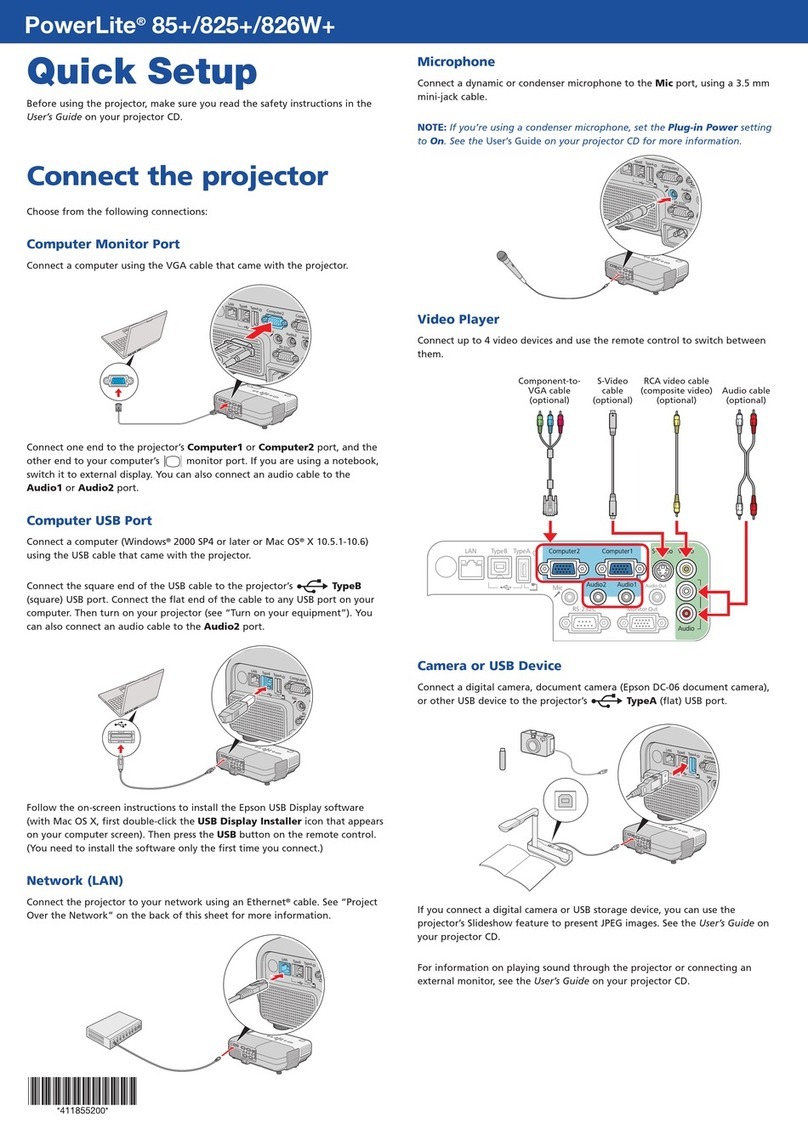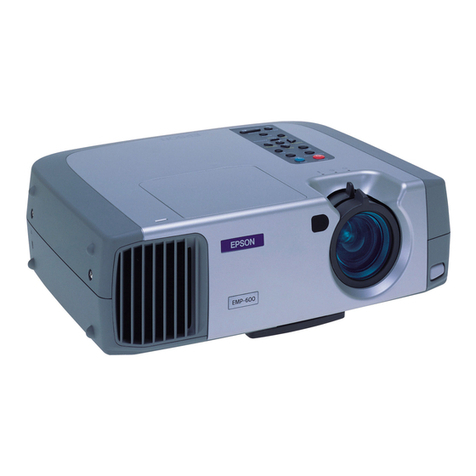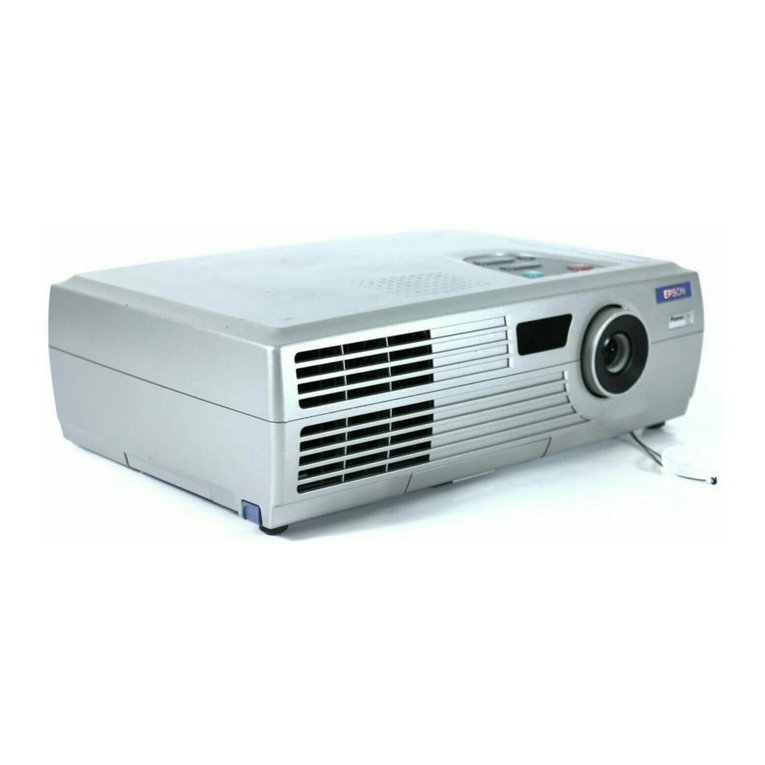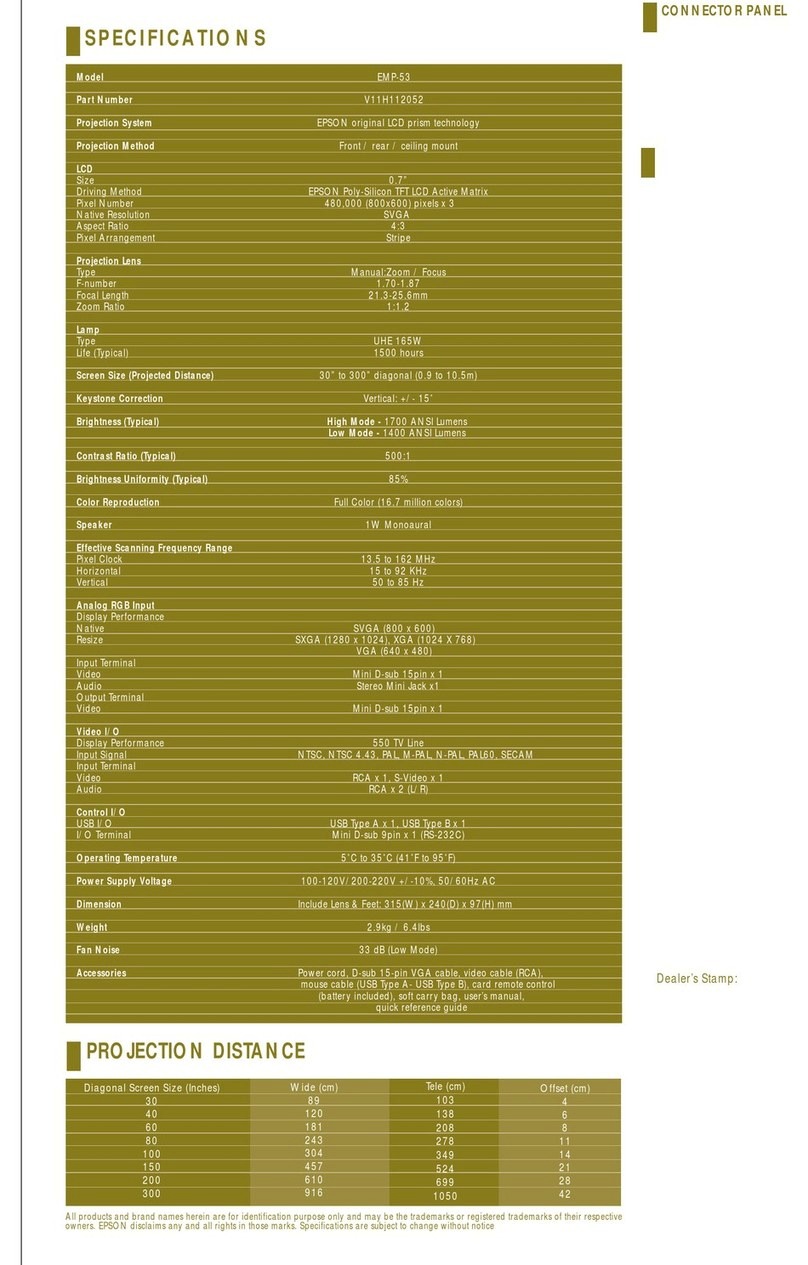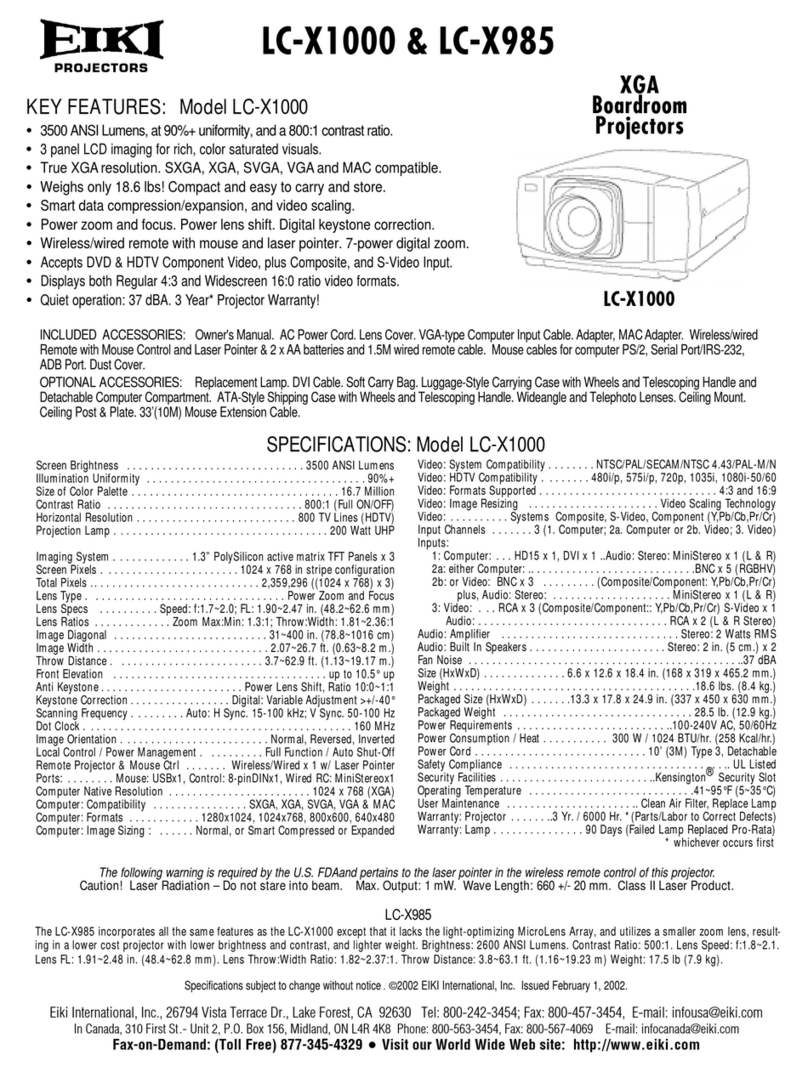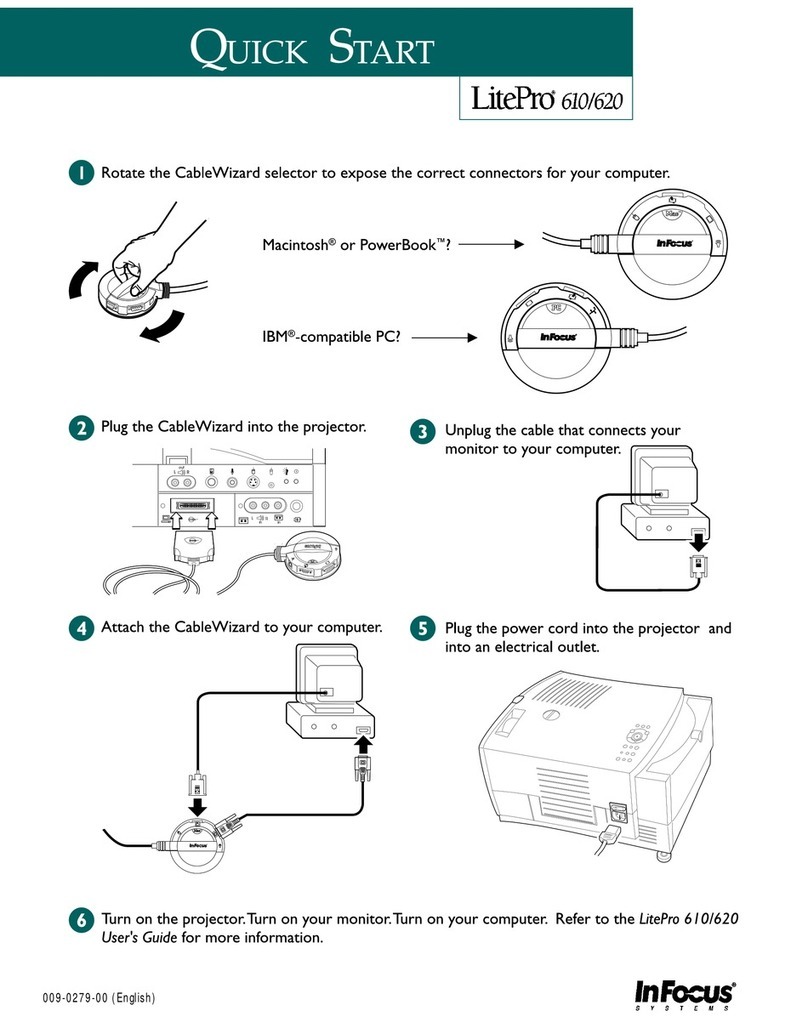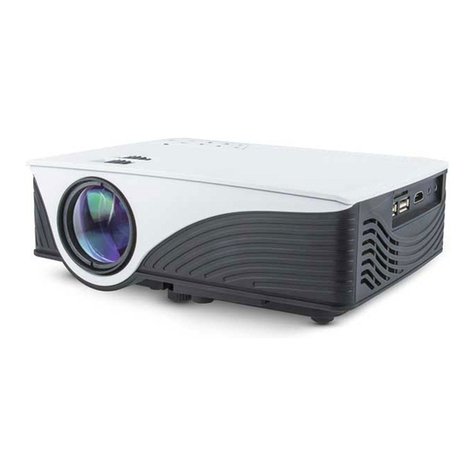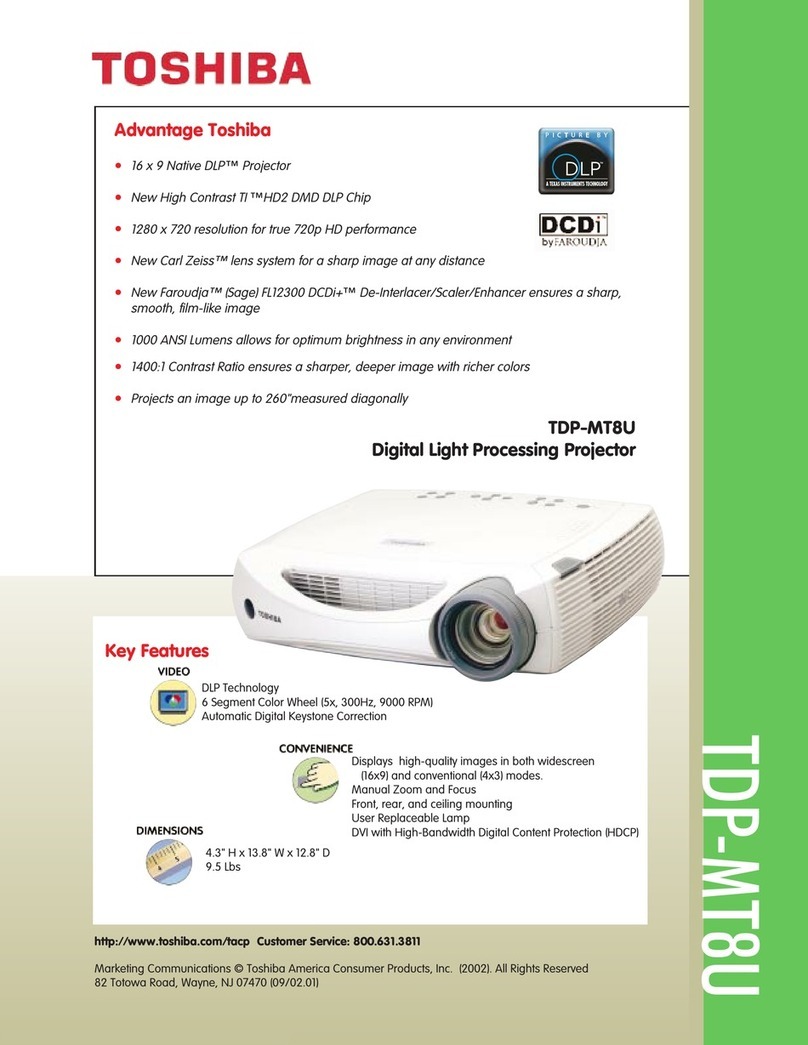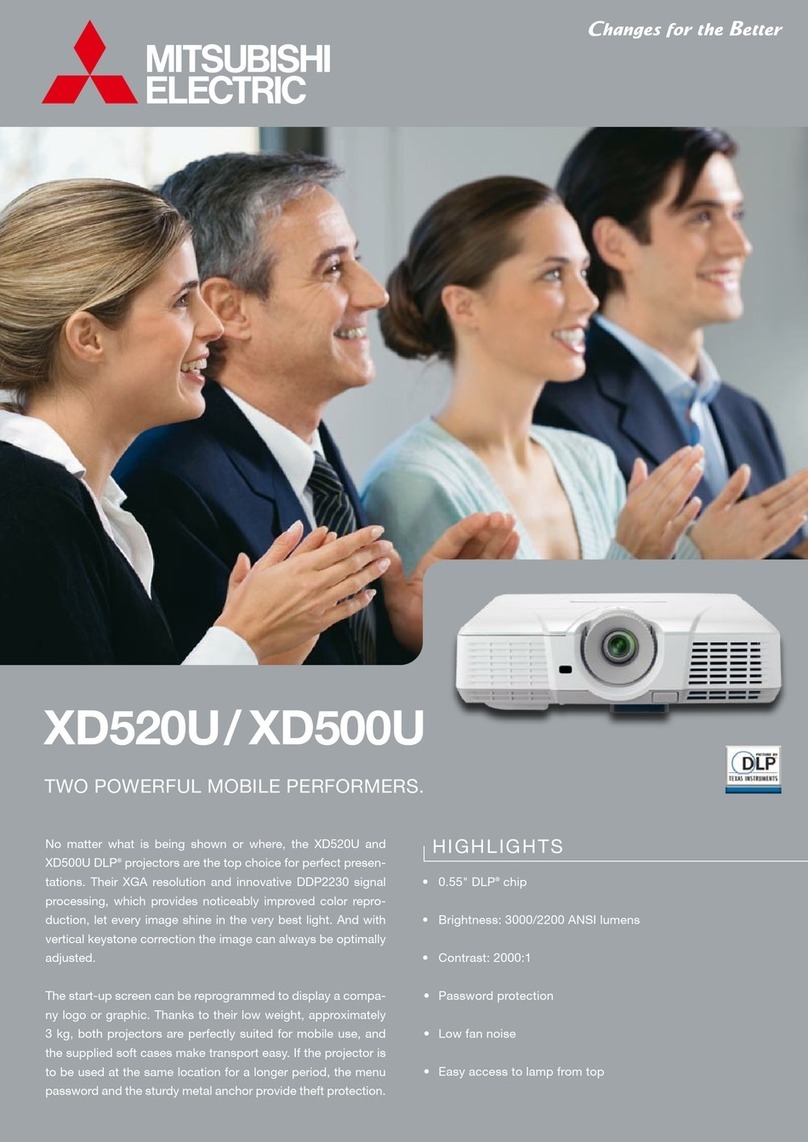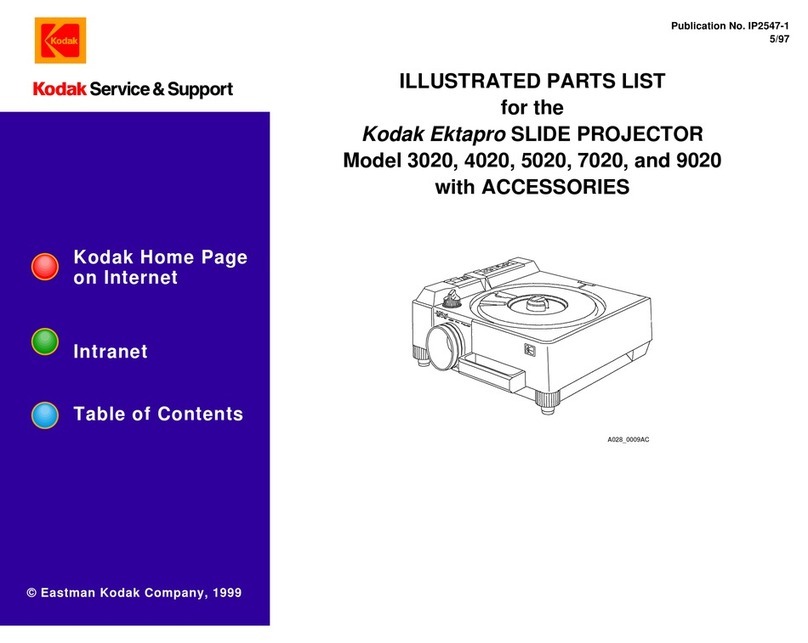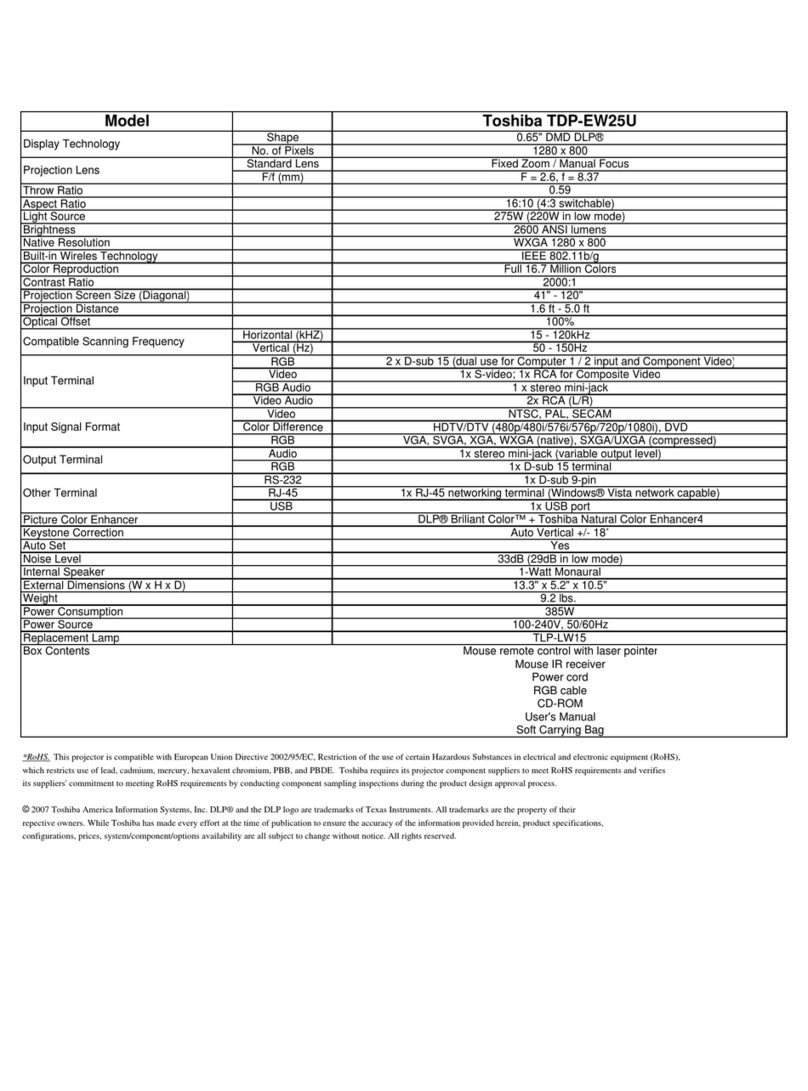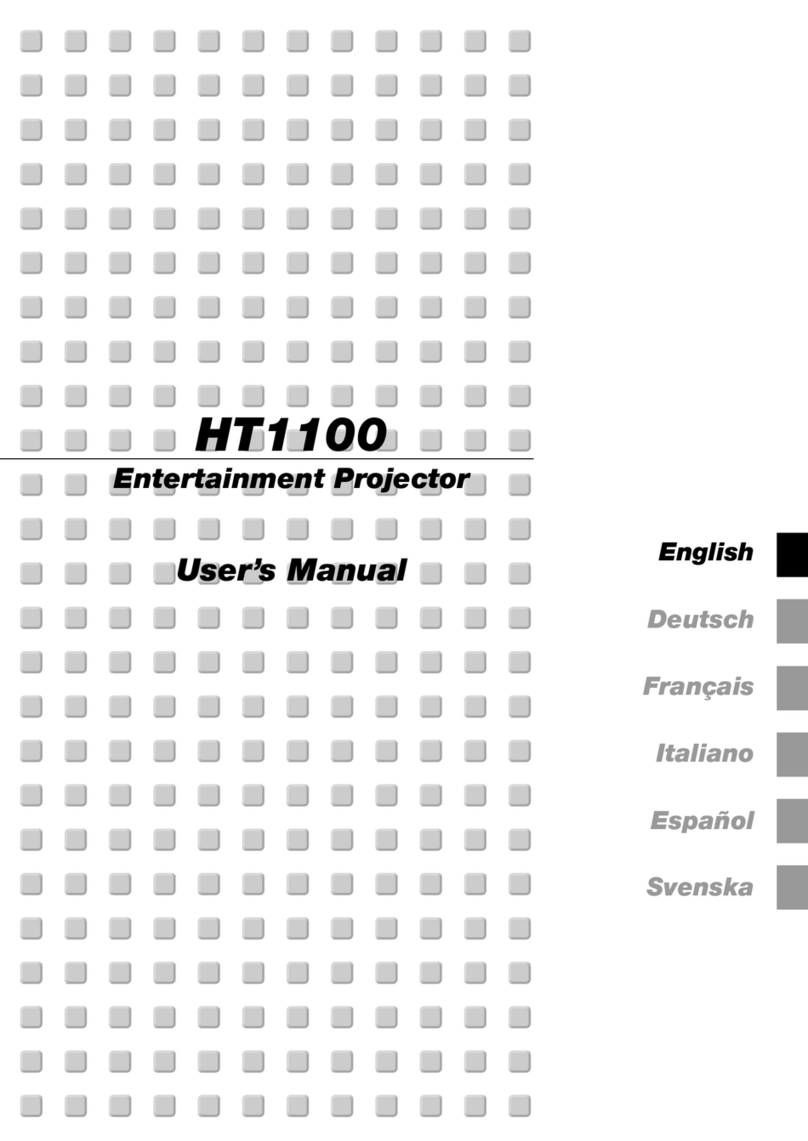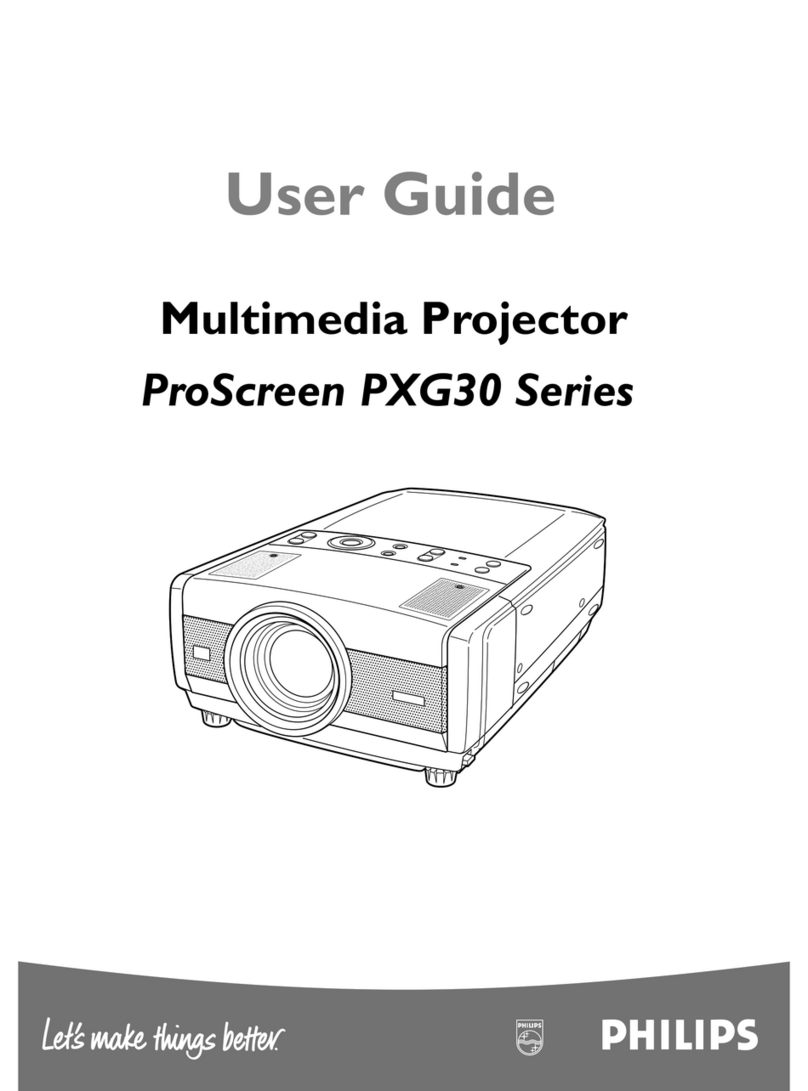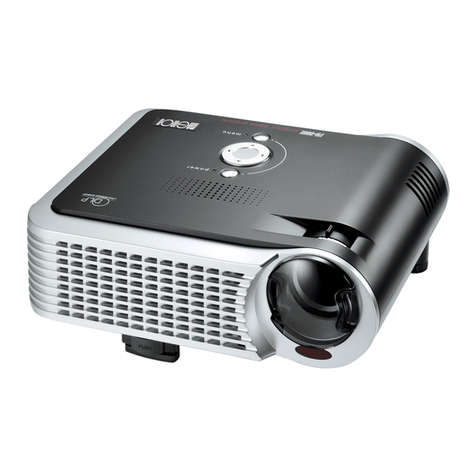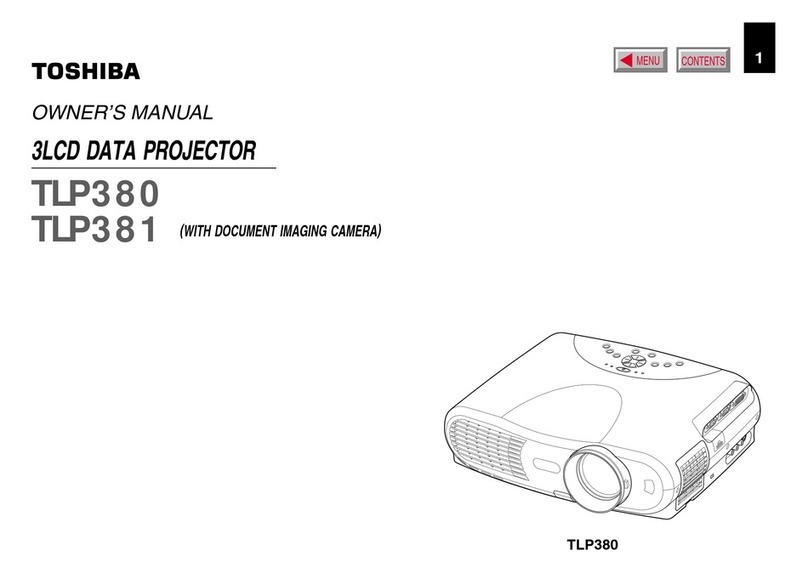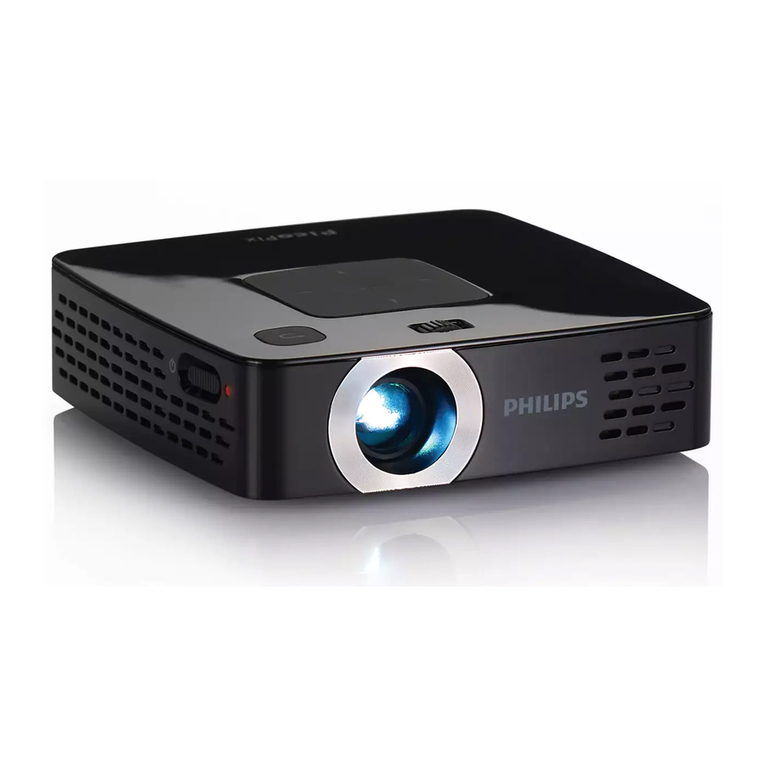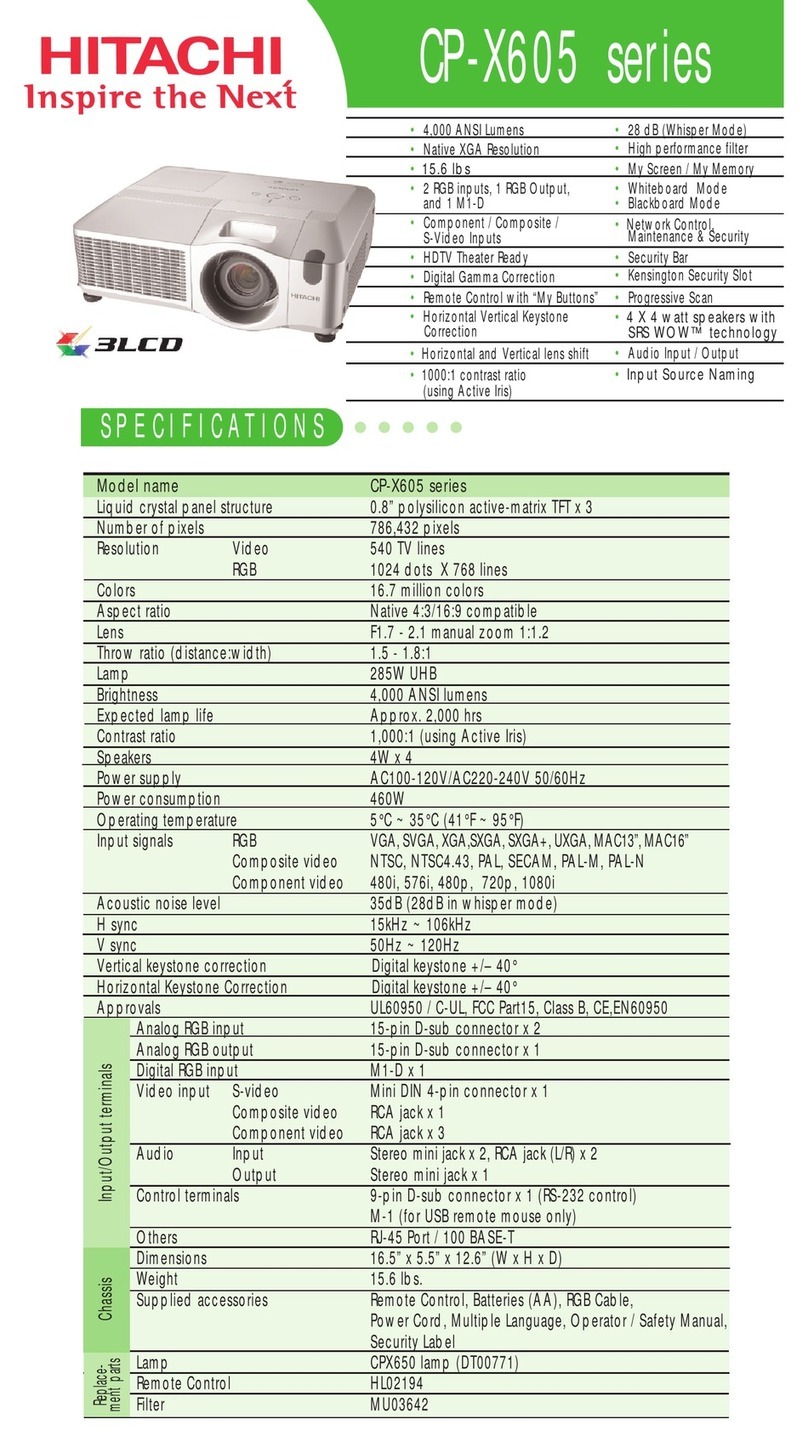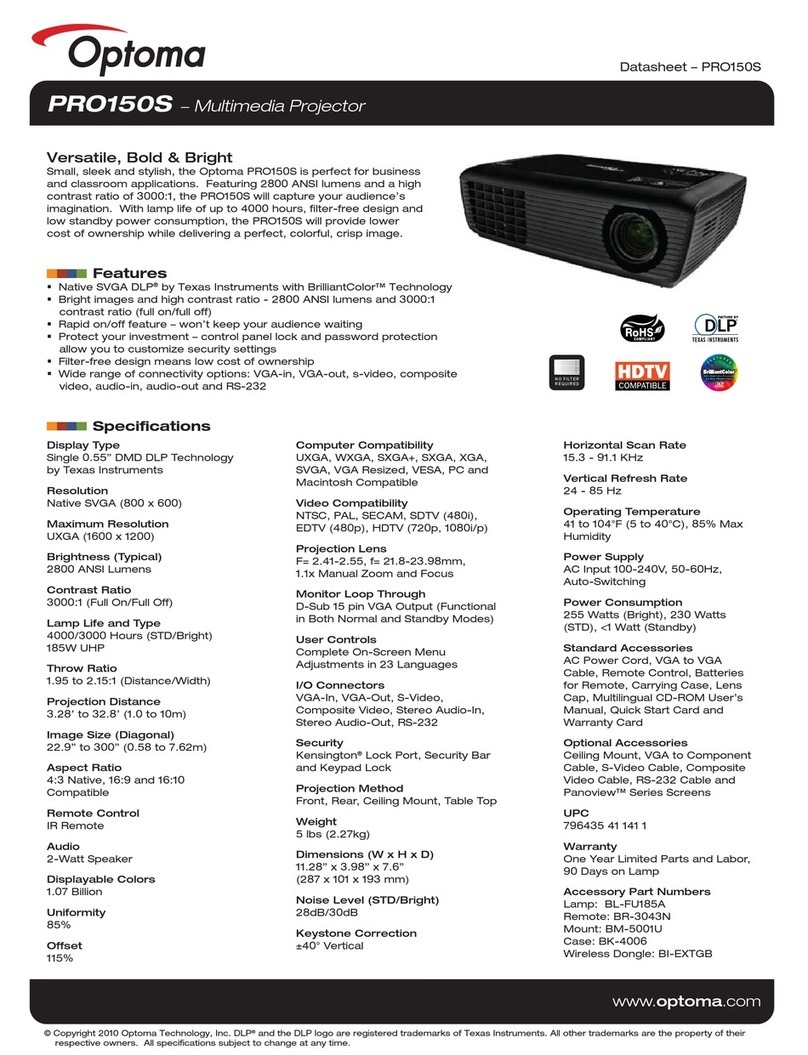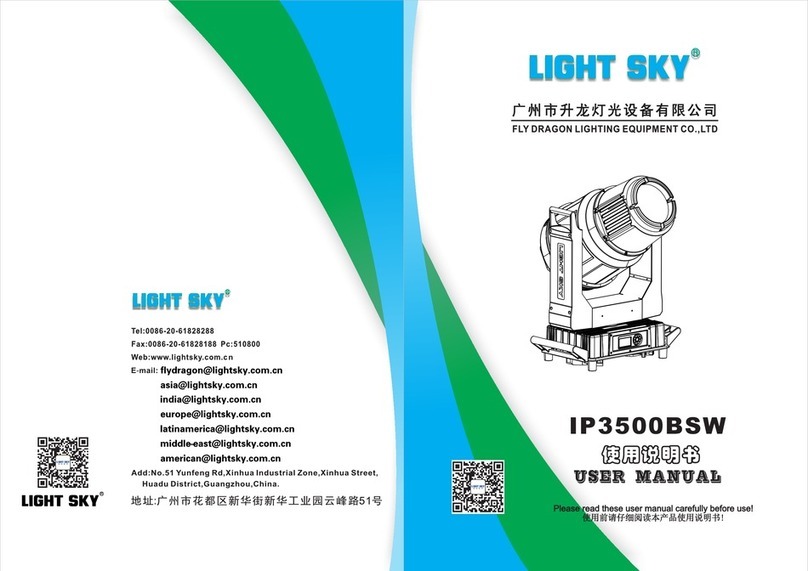EPSON is a registered trademark and EasyMP is a trademark of SEIKO EPSON CORPORATION. PowerLite is a registered
trademark of Epson America, Inc.
General Notice: Other product names are for identification purposes only and may be trademarks of their respective owners.
EPSON disclaims any and all rights in those marks.
Copyright © 2003 by Epson America, Inc. 1/03 CPD-15676
Printed on recycled paper. Printed in USA
If projecting wirelessly...
Follow the steps in this section to project over an 802.11b wireless network.
NOTE: These instructions tell you how to connect a single computer
to the projector using Ad Hoc mode. To connect multiple computers
using Infrastructure mode, see your User’s Guide.
Install the software
Before installing the projector’s EasyMPTM software, make sure your computer
meets these requirements:
•Must be running Windows 98, 2000, Me, or XP (Macintosh not supported)
•Must have an 802.11b network card or transmitter already
installed (to project over a wireless network)
1Insert the EasyMP software CD-ROM in your
computer’s CD-ROM drive and wait a few
seconds for it to be recognized.
You see this screen:
2Click the button to advance
to the next screen.
3Make sure the option to install EMP NS
Connection is highlighted, then click the
button. Follow the instructions on the
screen to finish installing it.
4If you want to use your projector’s memory card feature, select the
option for EMP SlideMaker2 and install it the same way. For more
information on using a memory card, see your User’s Guide.
5If you want to be able to monitor the projector remotely from this
computer, select the option for EMP Monitor to install it on your
system. See your User’s Guide for details.
6When done installing the software, click the button to exit.
Start EasyMP
1Make sure you’ve turned on the projector and adjusted the image as
described in sections 1 and 2 on the front of this sheet.
2Select EasyMP as the source by pressing the Comp/EasyMP button
on the remote control.
3Insert the EPSON 802.11b card face-up
as shown.
NOTE: Use only the EPSON 802.11b card.
Other brands may not be compatible and
are not guaranteed to work.
Once the card is inserted, you see a screen like this:
Configure the projector
1On the EasyMP Network Screen, the Config button is already
highlighted. To select Config, press the Enter button on the
remote control. You see this screen:
2Make sure Easy connect mode is selected, as shown above. If not,
use the arrow buttons on the remote control to highlight the checkbox
next to Easy connect mode, then press Enter to select it.
3Use the arrow buttons on the remote control to highlight Advanced
(next to Easy connect mode), then press Enter to select it. You see
this screen:
4Make sure the projector has a unique name, such as PROJ 1,
so you can identify it from your computer.
If you need to rename it, highlight the Clear button next to Projector
name, then press Enter to clear the text box. Then highlight the text
box and press Enter. Use the up and down arrows to select individual
characters (if you want to insert a blank space, it comes before capital
‘A’); use the right arrow to move to the next character position. When
done typing, press Enter.
5To enable your computer to find the projector on the network,
select the appropriate Ad hoc mode settings:
•Select ESSID ad hoc if your computer’s network card supports
an SSID or ESSID identifier. Then enter a name (for example,
“CONF ROOM”) in the ESSID text box and press Enter.
•Select Channel ad hoc if your network card supports using
channels instead of ESSID names to identify devices on the
network. Then select a channel number in the Channel text
box and press Enter.
6When done making these settings, highlight the OK button at the top
of the screen (use the arrow buttons on the remote control or press
ESC to highlight it), then press Enter. Highlight the OK button again
and press Enter to return to the main EasyMP Network Screen.
Configure the computer
1Access your wireless network Properties window. For example, in
Windows XP you would click Start > Control Panel > Network and
Internet Connections. Then click the Network Connections icon.
You see a screen similar to this:
2Right-click the Wireless Network
Connection icon and select Properties.
You see a screen like this.
3Click the Configure button.
4Click the Advanced tab.
You see a screen like this:
5Check your network card’s device settings.
(Depending on the type of card or wireless
transmitter you’re using, some of the setting
names may be different from those listed here.)
•Set the network type to 802.11 Ad Hoc.
•Set the SSID to match the name you
assigned to the projector’s ESSID—for example, CONF ROOM.
(If your network card uses channel mode instead, set the correct
channel, 1 to 11, so it matches that of the projector.)
•Make sure encryption is Disabled.
6Click the General tab to make sure the network card or wireless
network device is enabled.
7When done making these settings, click OK as needed to close any
open dialog boxes.
Run NS Connection
Now you’re ready to launch NS Connection and project wirelessly.
1From the Start menu, select EMP NS Connection. You see this screen:
If the connection is working properly, you see your projector listed
as shown.
If you don’t see your projector, click Option, then click Switch LAN.
Verify that the correct wireless network device is selected. Sometimes
another network device, such as an Ethernet card, may be selected
instead. If you don’t see your wireless device listed, but you’re sure
you’ve enabled it as described in “Configure the computer,” you may
need to restart your computer.
2Once the name of your projector appears, select it and click Connect.
You see your computer’s image transmitted to the projector, and a
floating control bar appears on the screen:
3If necessary, drag the control bar out of the way, or minimize it by
clicking it as shown above.
4When done with your presentation, click Disconnect on the control bar.
Select your projector
Click here
to minimize
Config button
Easy connect
mode
Right-click
and select
Properties
Configure
button
continued
